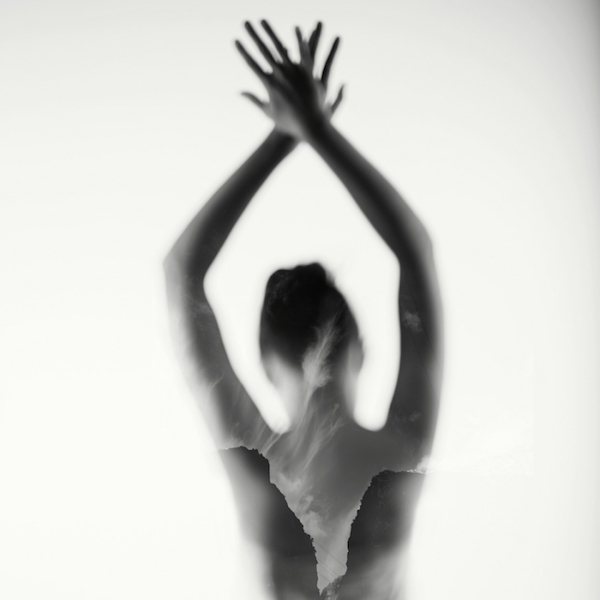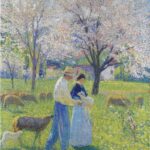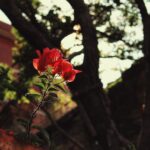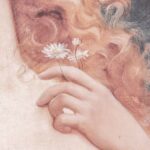Before I was ever a writer, I was dreamer and a dancer. Ever since I was very little I loved to dance. And one of my most favourite things to do each day was to have my little alone me-time, when I would play a cassette tape with a song, usually a love song, and start dancing its story. It wasn’t just dancing – it was me bringing to life its heart and soul of lyrics through the flow and movement of my whole body. What I was truly learning at this time was shaping emotions into movement, translating lyrics into dance, so that the movement of my body speaks the unspoken, so that the emotions arising from the lyrics match the emotions one would feel if they could only see my dance without the music.
And later on, or simultaneously during that time also, I was learning how to not just write words on my diary’s pages – but how to shape emotions into words, and worlds, and still be able to continue the movement from the dance. This continuous synchronizing of words, emotions and dance became a marriage within me; and this marriage created a movement within me which is essentially the way I experience life to this day.
Unspoken communication is just as important, powerful and deep as the spoken, it is the language of the soul. The white stork knows this – which is why this beautiful animal has always been connected to our soul.
I’ve loved storks always, and they were a very big part of my childhood. Growing up in Bulgaria we had many storks and made sure their beautiful nests up high were protected too. Every time I’d leave for the seaside in summer, or go anywhere else on vacation with our car, I’d look up to see their white heads peeking – and it’s so deeply ingrained in me that even after many years now living in North America I still look up, somehow always, expecting to see my beloved white storks.
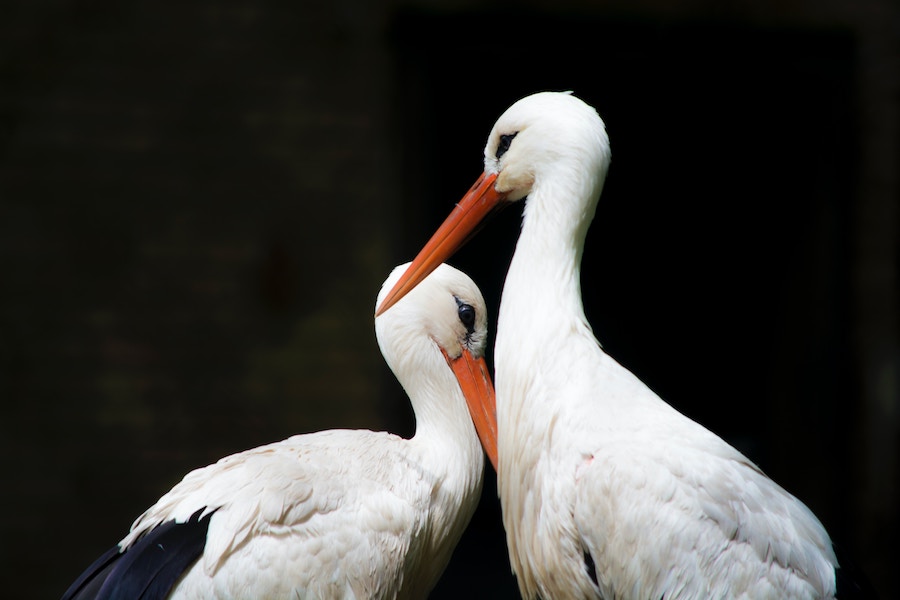
In spirit, myth and lore.
The white stork is the embodiment of life and birth, including new beginnings in the land and in our spiritual reality. As such, the stork is the symbol of new life, pregnancy and renewal. It is also associated with bringing in the energy of luck, purity, motherhood and love and intimate relationships. White storks are serial monogamists, and people who have the stork as a spirit guide or totem are monogamous as well, very loyal, protective and family oriented.
The stork spirit animal carries a message of a new baby or project coming into your life as it is connected to the source of life and new beginnings. The stork as a guide comes to you to empower you to be in your purest form as it is connected to our soul or higher self. You will get to enjoy the dawn of your spiritual path.
The stork has no cry, no song, so its means of communication are the unspoken ones such as dance, body gestures and bill clacking. Beyond this the stork learned how to say what’s needed in the way they fly or through subtle body language.
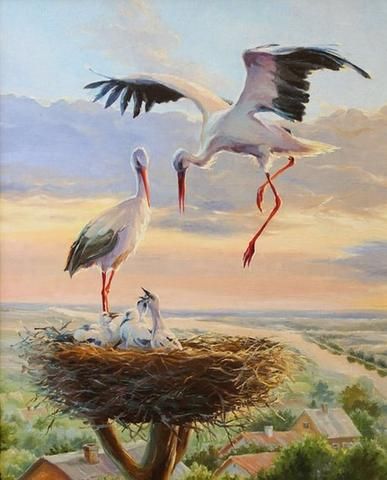
This reminds us that often times answers come to us through signs, omens, symbology, and to trust in our inner knowing – because even when we can’t see nor hear, know in your deepest self that what is meant to be will be, and will find you. Because like rivers flow to sea, what is will always be. White storks know the way of water, as they are deeply connected to the water element choosing to nest in place closer to moving water. An old folktale claims the spirit of unborn children wait in bodies of water where storks frequent. In passing, the stork would gently lift the child and transport it safely to the home and womb of a woman whose love will hold it.
Water is life, and the white stork as such symbolizes renewal and life, and connected to the woman’s womb where a baby will soon come. So when the stork comes into your life, a birth is on the horizon, whether physically that your baby may be on its way to you or your beloved creative project that is coming into fruition. Either way, it is good and fortunate news coming.
In many Indigenous traditional teachings, the waters of the earth and the waters of our bodies are the same water. In the Mohawk language, one word for midwife is iewirokwas. This word describes that “she’s pulling the baby out of the Earth”, out of the water, or a dark wet place. In the words of Mohawk midwife Katsi Cook, “The follicular fluid which bathes the ripening ovum on the ovary; the dew of the morning grass; the waters of the streams and rivers and the currents of the oceans – all these waters respond to the pull of our Grandmother Moon. She calls them to rise and fall in her rhythm.”
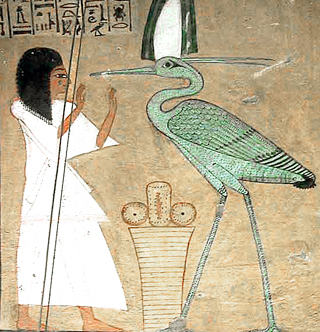
In ancient Egypt the hieroglyph for stork was Ba, meaning soul. Ba was one of the aspects of the human soul, more precisely it was a person’s embodimentof life force energy, and all that makes them unique as an individual. Ancient Egyptians believed that ba is the aspect of the soul that lives on after death.
In many cultures especially Slavic, and various religions particularly Christianity, the stork is considered God’s bird and also represents all birds on earth. In Serbia, a stork is known as ”рода” (roda), and the core of this word, ”род” (rod), means kin, family, lineage, and it also denotes birth. Because of all these associations to its sacredness and connection to lineage, it is considered a great misfortunes to harm, chase away or kill a stork.
And yet people continue to kill storks, destroy their nests, and do many other horrific things to wildlife, which is perhaps why these people live in perpetual inner misery, emptiness and hell, and have holes in their souls. For these unfortunate, poor and fragmented soul people, their only purpose comes from hurting someone or something else to feel more important within the misery of their own inner cage.
Stork is a fable of moral instruction in ancient Greece. Aristotle wrote that “it is a common story of the stork that the old birds are fed by their grateful progency.” Stories tell that a stork will carry an aged parent on its back when it has finally lost its feathers and is unable to fly, a lesson in filial duty.
Aesop, or the unnamed scribe who gathered the tales attributed to that name, tells the tale of the fox and the stork.
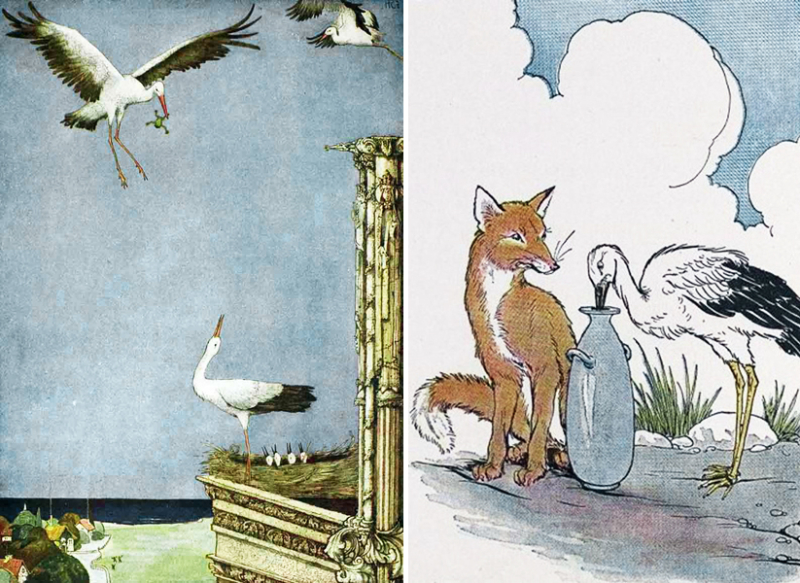
The fox invites the stork to dinner, and for a joke he serves her soup in a shallow dish from which the fox can easily lap but the stork can only wet the tip of her long bill. “I am sorry,” says the fox, “that the soup is not to your liking.”
“Pray do not apologize,” says the stork, and she returns the dinner invitation. When the fox arrives, the meal is brought to the table contained in a long-necked jar with a narrow mouth, into which the fox cannot insert his snout. All he can do is lick the outside of the jar. “I will not apologize for the dinner,” says the stork. “One bad turn deserves another.”
This is a tale of skillful means. Lessons in skillful means, or, in Sanskrit, upāya, come from Mahāyāna Buddhism, a school of Buddhism that originated in India. What skillful means means is that teachings are taught to students depending on their level.
The Buddha used skillful means to teach his students of different levels his spiritual wisdom, and he did that by tailoring his teachings to the needs of a specific situation and the studen’t current awareness and capabilities.
This is why you would often come across different Buddhist teachings, not because they are different at their core, but because of skillful means. The path of the bodhisattva is often described as the path of “skillful means” and “wisdom”. It is the ability of a teacher to be able to translate a higher wisdom in a way the student will understand at their current level.
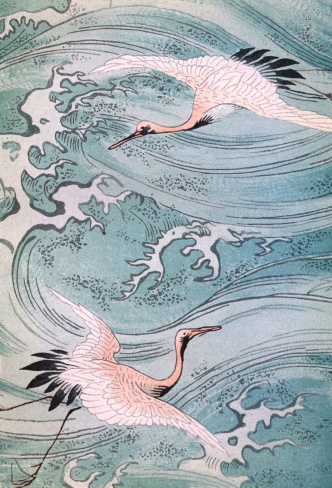
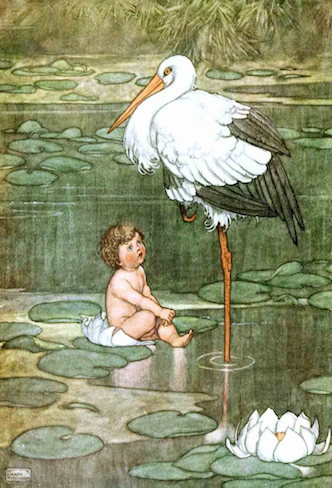
In our story, the moral is that you should not do what you do not want to be done onto you – because all returns. This is a spiritual law, it is a universal unchangeable truth. I can say to you: The trickster must expect trickery in return; or I can talk to you about esotericism and the golden rule of conduct which is for one to do to others what one would wish for oneself; or I can tell you a children’s tale. The teaching is the same. And as the stork knows, it all comes back, not because the stork is mean or unforgiving, but because the stork is associated with the soul and the higher spirit.
In my own work I use many languages. For some people they resonate with astrology, or are interested in astrology thereby they are more open to it, so I speak to them through the language of astrology. For others, it is human design. For others, it is folklore and myth. Then there are those who like cards, tarot, oracle, animal spirits and guides, symbology, omenology. And then there are those who seek me as a spiritual counselor, teacher and guide – because this is after all, what I do no matter how I approach or speak it. I’ll speak to you in a way you need me to, because my priority is you and it is for you to get your message. Messengers need to speak and translate many languages. And they need to know how to dance, how to move, how to understand the unspoken languages also.
It’s a wild communion.
With all those little ones and big ones, all those that intertwine with our lives, those we see daily and those that watch us from urban and wild places – from rooftops and little house corners, from between branches and beneath leaves, from under waters and staircases and the sides of walks and pathways – we share everything.
We share life, streets, breath, earth, storms and biology. We share our needs for food and water and shelter and nurturing. We share the longing to love, mate and build our homes, to give new life and to keep our little ones safe and warm and fed. We share in the fragility of life, in our living tangled in complexity, in our vulnerabilities to ailments, and in the tears when we’re in pain. We share a certain life, and a certain death. We share everything, constantly and continuously, every moment of the day and night, across the fabrics of time and the soils of lands. And in this shared earthly living, when we give our attention to it and we reach our hands towards it, we find our compassion and our empathy for wildlife.
Every animal has its own rhythm, presence, voice, silence, song, body, place. We are bound by our sameness and uniqueness, simultaneously. Everything in life is a relationship, and we can build a relationship to anything and everything if we pay attention to it. We can build intimacy even to a room with four walls if we spend enough time with it; and if we notice, truly notice, we’ll see how spirit flows through everything around us, is imbued in everything, all has its own language, and it is all somehow in union and interconnection. We can only love what we appreciate.
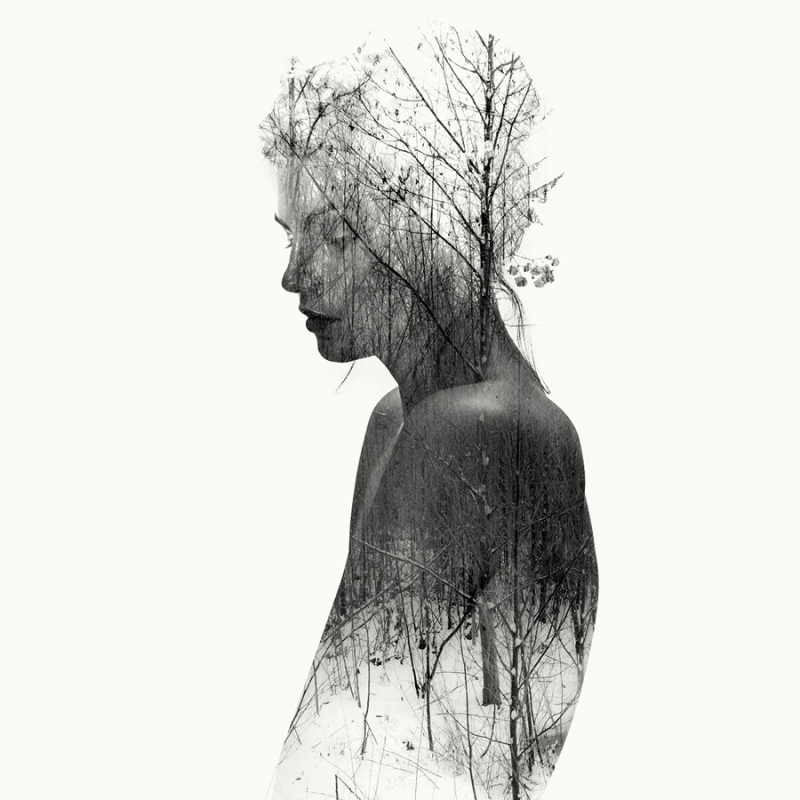
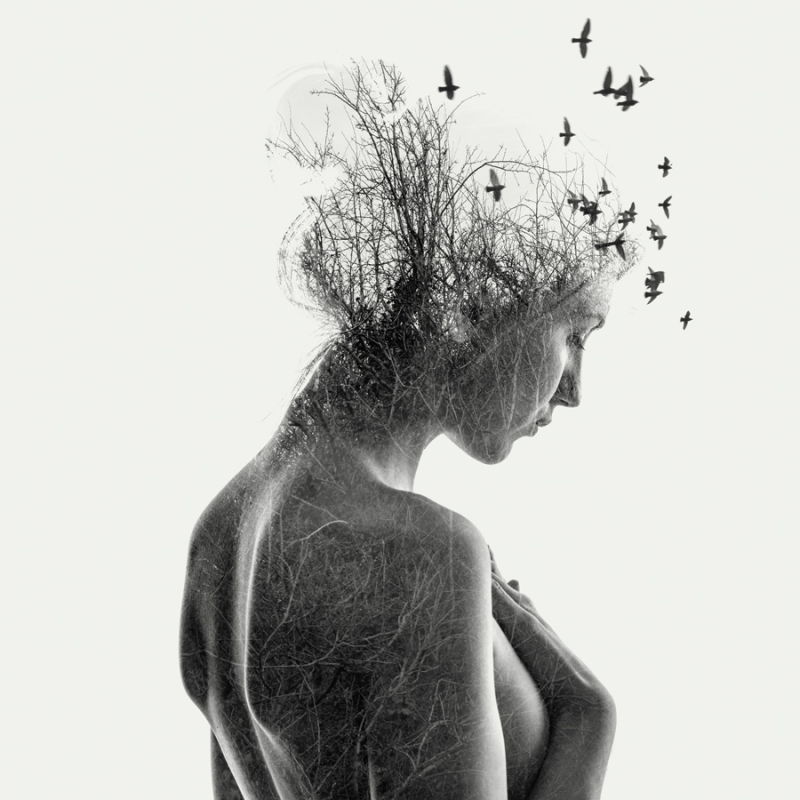
Photography by Laurence Winram
This is the wild communion – connections we make out of heart and all the other unspoken but deeply felt languages. And it is in this recognition that we move beyond simple compassion to a more essential kind of connection. In return to your kindness, the animal may not give you back a tangible gift, money nor stand up on its back legs to say thank you, merci boucoup or dankeschön; but you will receive something deeply meaningful through the way you are able to be generous and love those who do not give to you in turn in the way you want them to.
Whether wandering the sea shores or the deep forests, whether I meet eyes with a rabbit in the wild, or whether I’m smelling a rose beside the urban sidewalk amidst the concrete jungles, I have no difficulty feeling that which may not be feeling me the same. I have no difficulty feeling the roots of our interconnection – it’s a sacred thing. It is a humble thing. And no human is ever too high not to kneel to help a little creature.
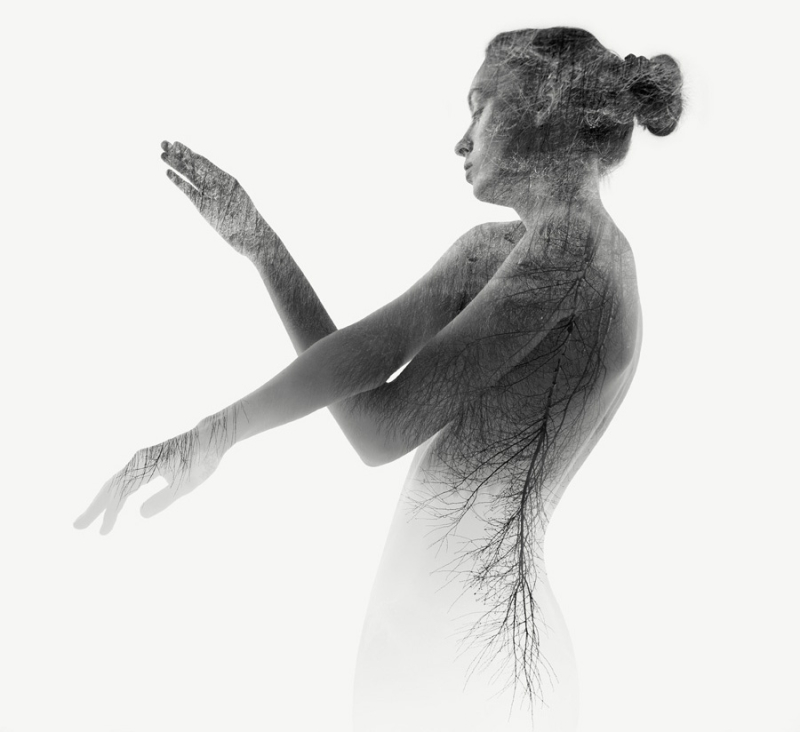
Photography by Laurence Winram
Aristotle once said that it is capital crime to kill the stork spirit and by doing so, we are essentially killing our ability to nurture. When we hurt or harm someone or something, animal and human and all, we are creating holes in our souls which eventually leads us to exist only as fragments of a soul. And we can’t love if we don’t have the ability to nurture. And we can’t love if we don’t have the capacity to love within us, because love will pass like air through our inner holes never touching our soul.
If we cannot show love and compassion towards the small things, if we don’t show up for them when they need us and in the ways they need us, then we surely do not deserve the love and grace of the big things. Humanity needs to learn to love, and to love isn’t selective, isn’t selfish, and it isn’t only “when I feel like it or get something in turn”.

Drago and Draga
In love and support.
In spring, white storks flying from Africa and over Mecca arrive in eastern Europe and in my native land Bulgaria where we have thousands of stork couples. Magically, and unexpectedly, after so many years, in these North American lands where they never fly yet I now still live, the white stork crossed my path to find me again. A few weeks ago I came across a video from a small village in Bulgaria live streaming a nest of white storks and their three week old little ones.
The live streaming cameras are set up by the Bulgarian Society for the Protection of Birds, who monitor their nests for their safety and wellbeing. I’ve always loved animals, and they love me too which is a great gift for me. I’ve sheltered and rescued many, and I dream of having my own wildlife conservation organization and animal shelter some day. I’ve taken care of and temporarily opened my home to malnourished stray kittens, injured squirrels and baby swallows when their nest fell down during a storm. I’ve also had beautiful hands-on experiences with Siberian tigers, Arctic wolves, hawks, foxes and a hyena. I once even protected a mouse in the subway. Needless to say, I love animals.
And these two storks that I now watched only through a screen were Drago and Draga who have been nesting in the little village of Dragushinovo for the past twelve years.
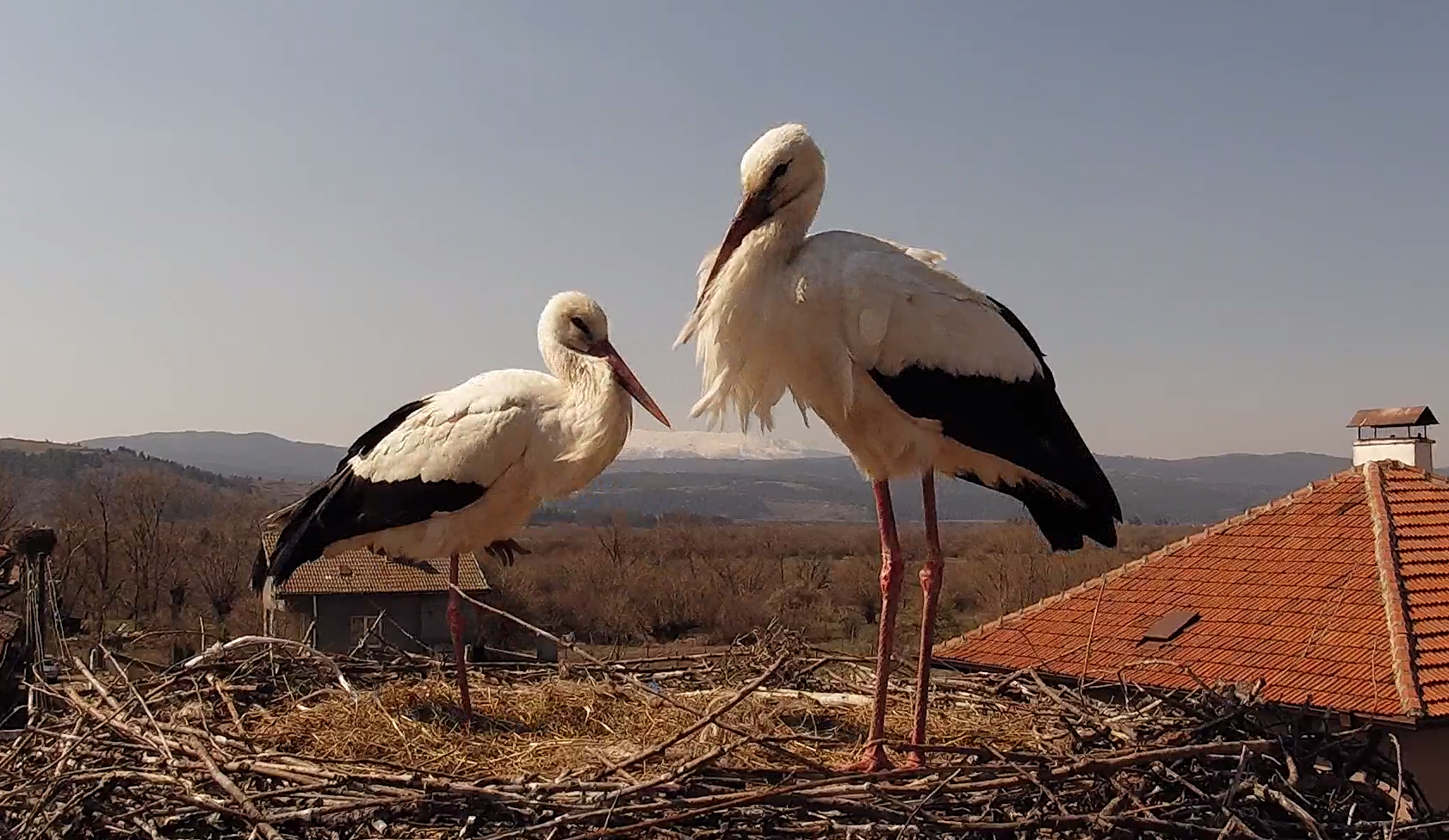
Drago and Draga
Each year they return; first the male Drago, who works tirelessly to build the nest despite storms and rain. And a few weeks later comes his long time mate Draga, who settles into their nest, they begin mating, and yay the little ones are born! This year they had two little storks, and I was entirely stuck live-streaming all the time.
I cannot express to you how loving they were, and I’ve never observed birds for so long before, but they seemed human. I saw the many nights when heavy rains poured and the two little ones were cuddled up.
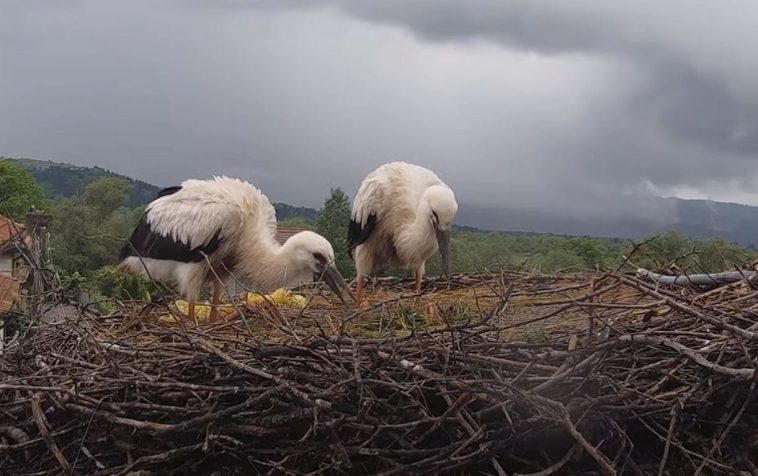
their little ones
I saw how Drago would stretch his wing over Draga and the little ones to protect them from rain or act as a shade in the hot sun; and how each night he’d stay up on his one leg so that she can get some sleep. I saw the little ones clack and clap and take care of each other’s wings so that they are clean; and then cuddle up together again waiting for mom and dad to come back and feed them. I saw them spreading their wings gently, because in only two weeks time they would have been able to fly.
I saw moments of such tenderness between these birds that I cannot express with words – but it is love.
Unfortunately a very heavy storm tragically hit while Drago and Draga were both away, and as the entire nest fell, the little ones were very badly injured. They were saved from the wires of the pole and taken to the clinic Green Balkans for emergency surgeries, but the outlook isn’t good. One of them will be put to sleep, and perhaps already is as I write this today, and the other one hopefully will survive until his next surgery where but his wing will be amputated. I just pray it survives.
I cannot express to you how heartbreaking it is to see all of this, and how Draga and Drago are now back on the pole trying to rebuild their nest from scratch, but their little ones aren’t there beside them. Birds too mourn and grieve, and that’s seen in their behaviour. I cannot express to you how sad I was for the little ones, because life is so fragile, and they only needed two more weeks to be able to fly, which would have saved their life. It’s so hard to see love and purity and innocence embodied in a little being that is now suffering so horribly. In my mind is the constant image of how they’d cuddle each other and how frail and vulnerable they were, and yet full of so much life. And I cannot cite to you some of the mean comments that I read from people who have forgotten their humanness. Do we have so little capacity within us to care? Do we think we’ll run out of air if we care, or is our oxygen limited, juice bottle milliliters, so we only care about a limited amount of things per day? Do we have no self-control to shut our mouths unless we have something valuable to say? Ignorance is a virus. Stupidity is a pandemic.
Storks have no song, no voice. But when storks cry it is believed they have human tears. And my human tears too cry for them. My human tears come down my cheeks every time I see them hurt.
They may have no song, no voice, but I do. I have hands too.
I do what I can to help even though I know I can’t do much. They are in my heart and in my prayers, and I keep them with the image of their happy healthy selves back when they were in their nest; and I keep them, cuddled up in my heart, in my prayers, in my open palms.
We share everything.
May we share in our love and support also.
Below is today’s photo of Drago and Draga rebuilding their nest.
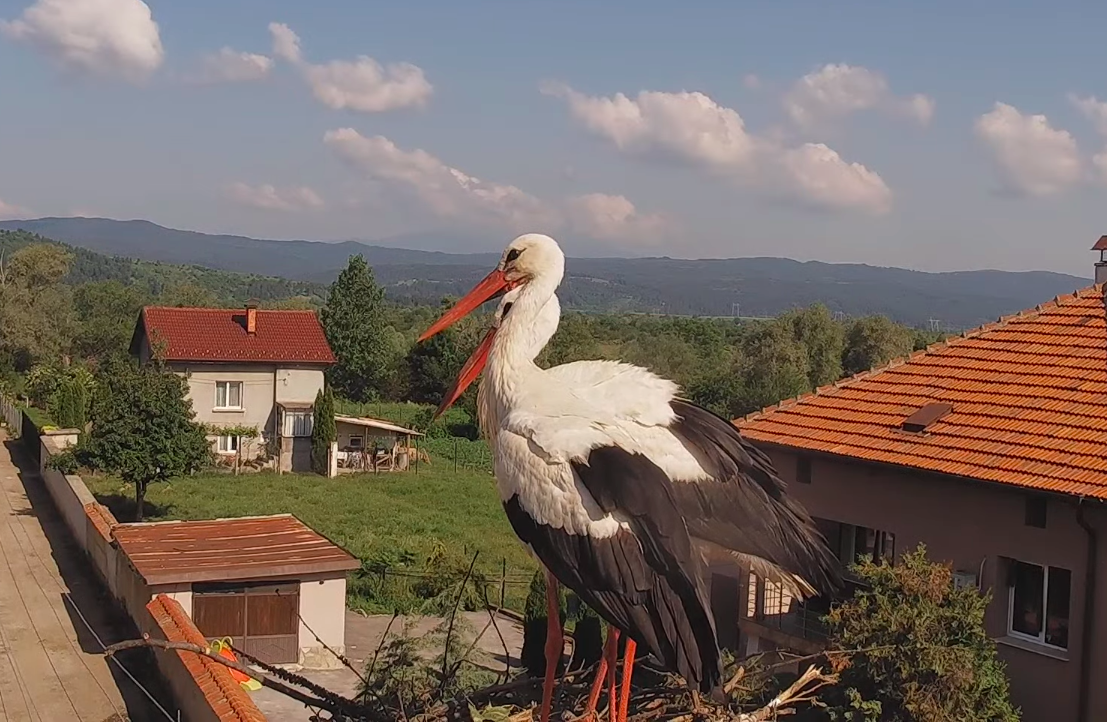
To support the non-profit NGO veterinary clinic Green Balkans (“Зелени Балкани”), part of the Federation of Environmental Protection Associations, visit https://greenbalkans.org
To support The Bulgarian Society for the Protection of Birds (“Българско дружество за защита на птиците”), visit http://www.bspb.org
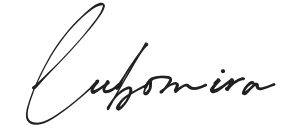
Cover photography by Laurence Winram. All rights reserved by the artists.

